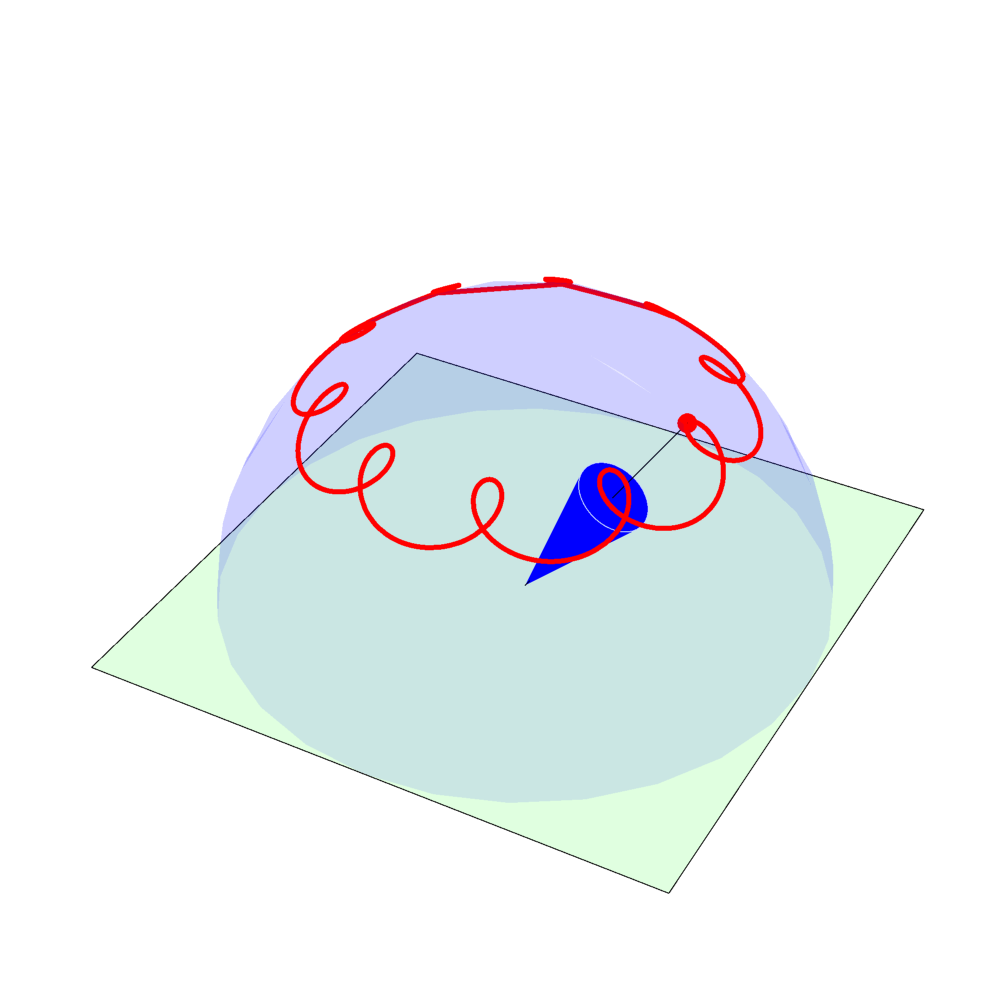With just a flick of the wrist, a spinning top balances on its tiny tip, seemingly defying gravity. This dance of physics introduces us to the concept of angular momentum, a force that keeps it upright and steady.
To understand the magic behind a spinning top, we must delve into the world of angular momentum. Imagine a spinning ice skater, initially rotating slowly with their arms outstretched. As they pull their arms closer to their body, their spin accelerates. This is because angular momentum, a measure of rotational motion, is conserved. When the skater reduces their moment of inertia (the resistance to rotational motion), their angular spin increases to compensate.
A similar principle applies to our spinning top. As we impart initial torque (a twisting force) to the top, it gains angular momentum. This momentum keeps the top spinning, and its spinning axis remains stable due to a phenomenon called gyroscopic precession. This is why a spinning top doesn’t simply topple over.


By Lucas Vieira - Own work, Public Domain, Link
Interestingly, the Earth itself is a massive spinning top, stabilised by its angular momentum. Its rotation axis remains relatively fixed, thanks to gyroscopic precession. This stability is crucial for maintaining our planet’s climate and seasons.

By Rectas - Own work, CC0, Link

While the top spins, gravity is constantly pulling it downward, trying to tip it over. At first, the force of angular momentum is strong enough to counteract gravity, keeping the top stable and upright. However, as time passes and the top loses speed, that angular momentum begins to fade. This causes the top to wobble and lose its balance. Eventually, gravity prevails; when the spin slows down enough, the top can no longer resist the pull and tips over, toppling to the ground. This moment reminds us that while spinning tops can defy gravity for a while, they are ultimately subject to its relentless force.
Published - November 25, 2024 12:00 pm IST